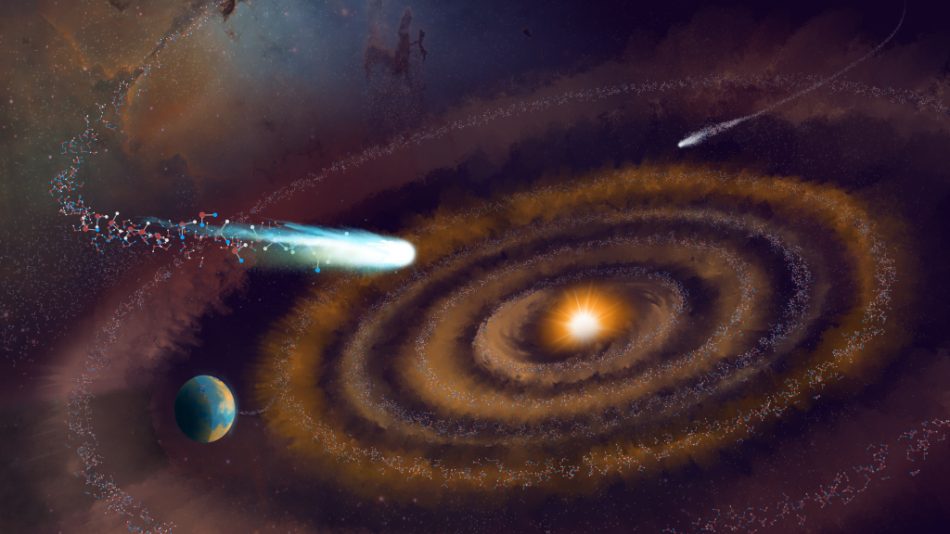
Astronomers have discovered traces of ancient “heavy water” around a young star, revealing that some of the water found in our Solar System and even on Earth could be older than the Sun itself.
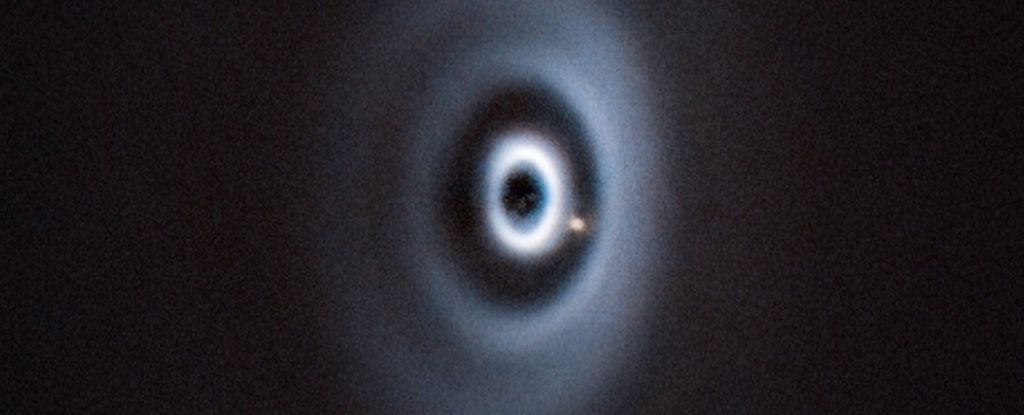
For the first time, astronomers have actually found a baby planet responsible for carving out gaps in the dusty disk surrounding a newborn star.
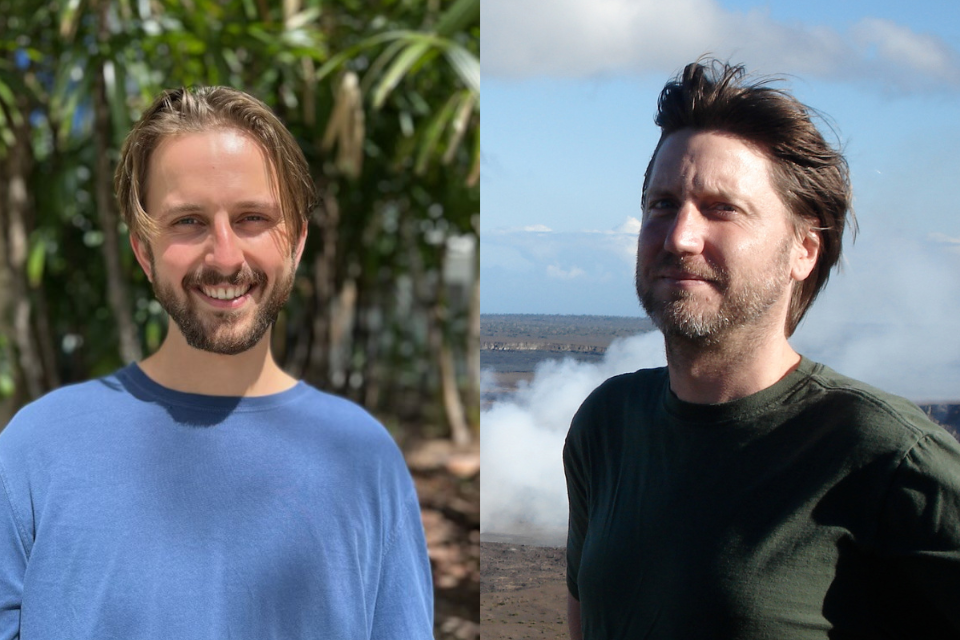
A Canadian-led team of international astronomers has made a groundbreaking discovery about how young planets form and grow using a creative approach with unique tools of the James Webb Space Telescope.
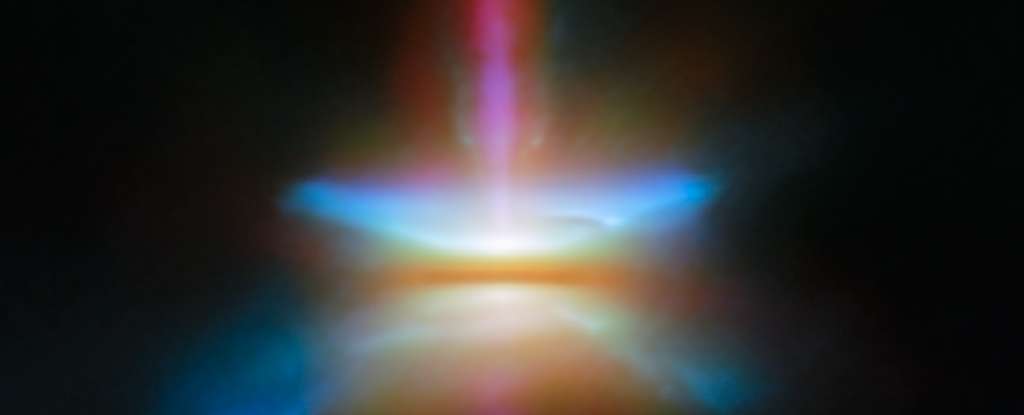
This new image of the protostar HH30 is in amazing new detail thanks to the JWST. The image shows the protoplanetary disk seen edge on, with a conical outflow of gas and dust, with a narrow jet blasting out into space.

When examining a still-developing exoplanet in a distant star system, a team of astronomers uncovered a mismatch between the gases in the planet's atmosphere and those within the disk.
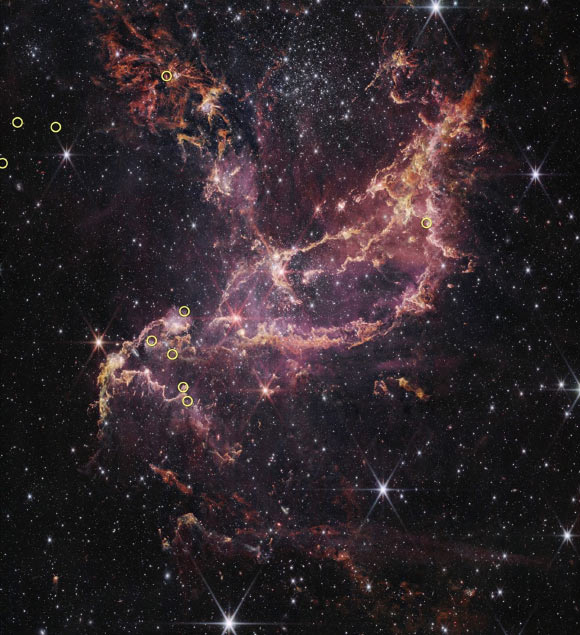
In 2003, Hubble provided evidence of a massive exoplanet around a very old star. Such stars possess only small amounts of heavier elements that are the building blocks of planets.

In a remarkable discovery, astronomers have found a disc around a young star in the Large Magellanic Cloud, a galaxy neighbouring ours. It’s the first time such a disc has ever been found outside our galaxy.
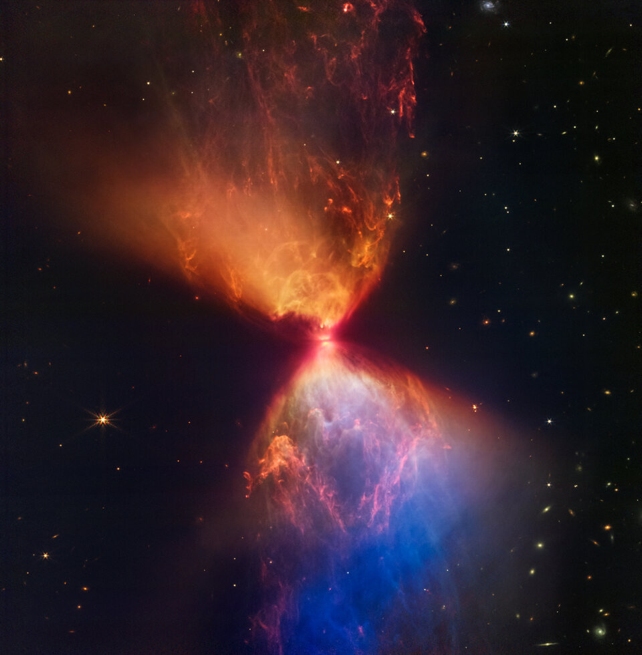
james Webb Space Telescope continues to revolutionise astronomy - it now shows the birth of a star. The star is named L1527, and at this young age, it's still ensconced in the molecular cloud that spawned it.
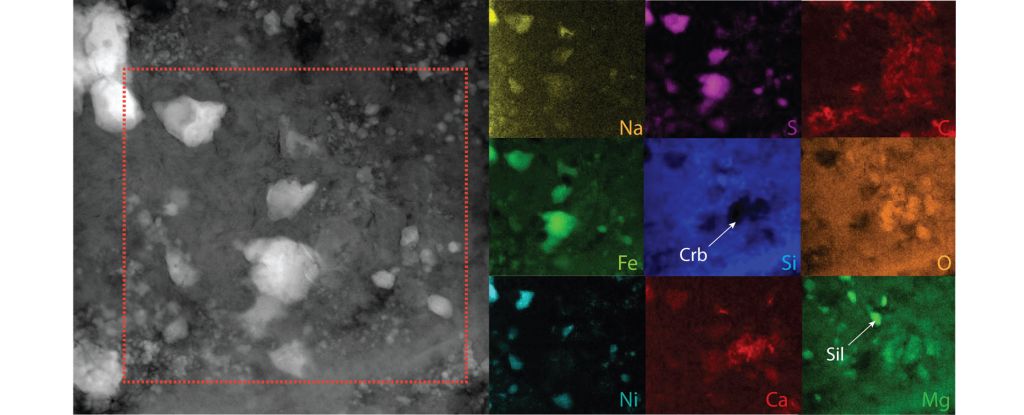
A lot as changed in the 4.5 billion or so years since the Solar System first came together from a disk-shaped cloud of swirling dust and gas.
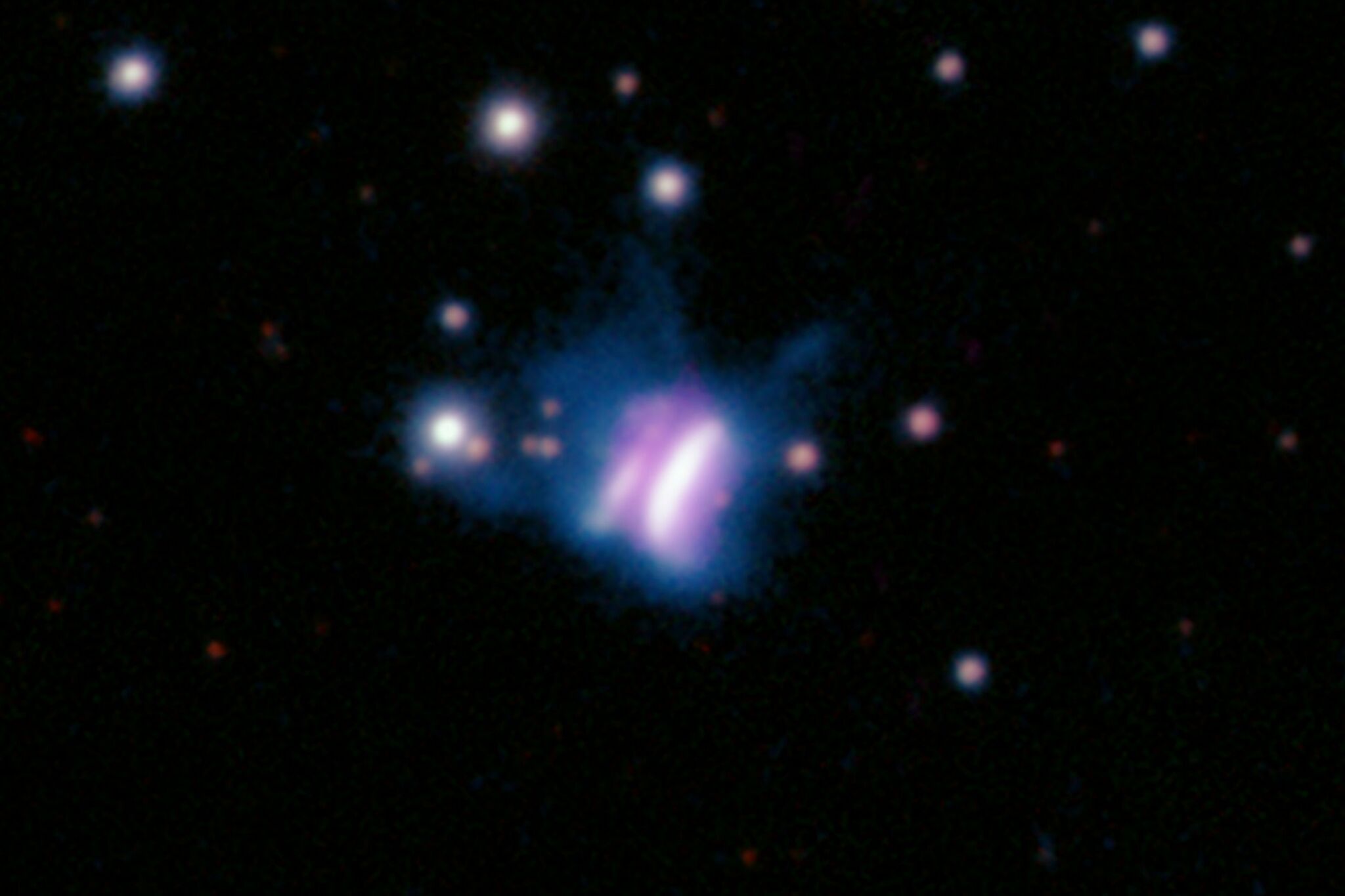
Astronomers discover the biggest planet-forming disk ever and it resembles a butterfly.

By analyzing the images obtained with Pan-STARRS, astronomers have serendipitously discovered a new protoplanetary disk located some 800 light years away.

How long does planet formation take? Maybe not as long as we thought, according to new research.

It’s the first time such a disc, identical to those forming planets in our own Milky Way, has ever been found outside our galaxy.

A new study presents the first-ever direct images of twin baby planets forming around their star. The proud mama is PDS 70, a star in the Centaurus constellation. It’s about 370 light years away.

Astronomy is advancing to the point where we can see planets forming around young stars. This was an unthinkable only a few years ago. It was only two years ago that astronomers captured the first image of a newly-forming planet.